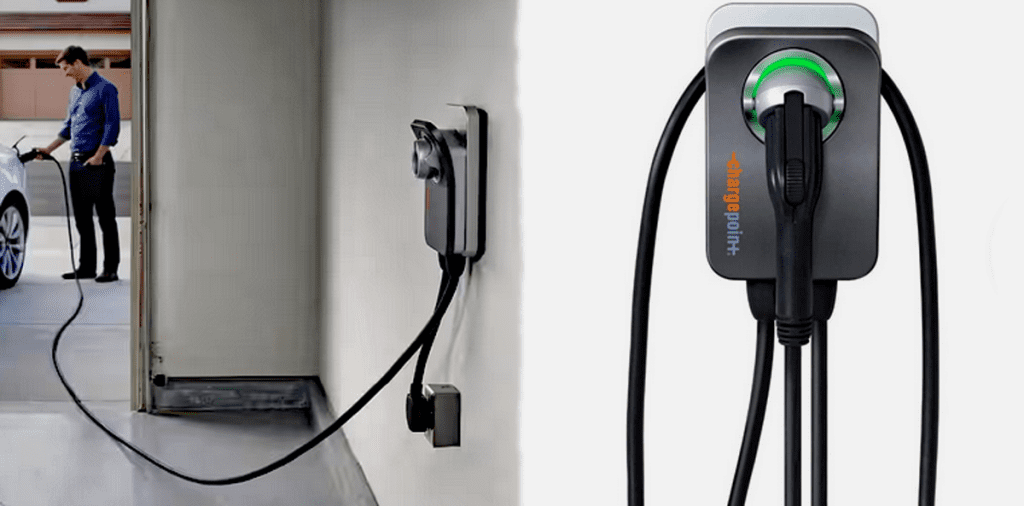
If you have even briefly considered purchasing an electric vehicle (EV), you are likely aware that there are three primary methods of charging. You can plug your EV into a regular wall outlet, which is very slow, but effective. This is called level 1 charging. You can also drive your EV to a public charging station. Public charging is the fastest method of replenishing your EV’s battery, though it is also the most expensive. Public charging is often referred to as level 3 charging.
More electric-car news and reviews
What is Level 2 Charging?
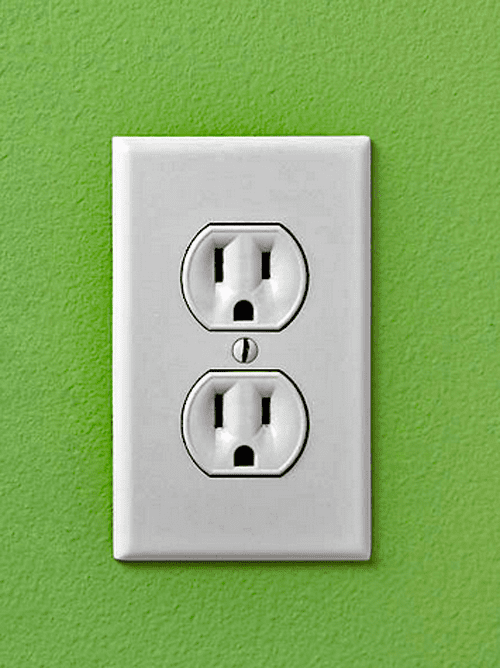
But for most EV owners, the easiest way to keep an electric car or truck charged is home charging, known as level 2. In terms of speed, level-1 and Level-3 charging represent time-commitment extremes. Charging at home using just a wall outlet, the charge rate will be about one kilowatt (kW). That means charging a mostly depleted 60-kilowatt hour (kWh) battery to full will require almost 60 hours. For most EV owners, this is not a practical option.
Level-3 public chargers—also know simply as “fast chargers,” or “DC fast chargers”—provide as much as 350 kW of power, though most are in the 50-150 kW range. A level-3 charger can “top off” a 60-kW battery in as little as 20 minutes. We say top off, because it is recommended by most EV makers to not fast charge a battery beyond 80 percent of capacity. This is because fast charging slows down significantly at about 80-percent capacity, and because frequent fast charging beyond 80 percent can shorten a battery’s useful life. Note that at up to 50 cents per kWh, level-3 charging is very expensive relative to home charging, which typically runs between 15 and 25 cents per kWh.
For most EV owners, level 2 charging represents the simplest and most affordable charging. Level-2 charging combines the affordability of level-1 charging with some of the speed of level-3 charging, plus the convenience of at-home access.
Level-2 Home Charging
Most experts agree that owning an EV means installing a home charger. While home charging isn’t especially fast, it is much faster than just plugging into a wall outlet, and more convenient and affordable than level-3 charging.
While most level-2 home chargers are rated to provided between 6.6- and 7.2 kW of power, there are faster systems, though the faster units often require more power than many homes are designed provide.
Charging a nearly depleted 60-kWh battery would require about six hours using a level-2 charger, meaning that most EVs can be completely charged overnight—which is when most EV charging is understood to take place.
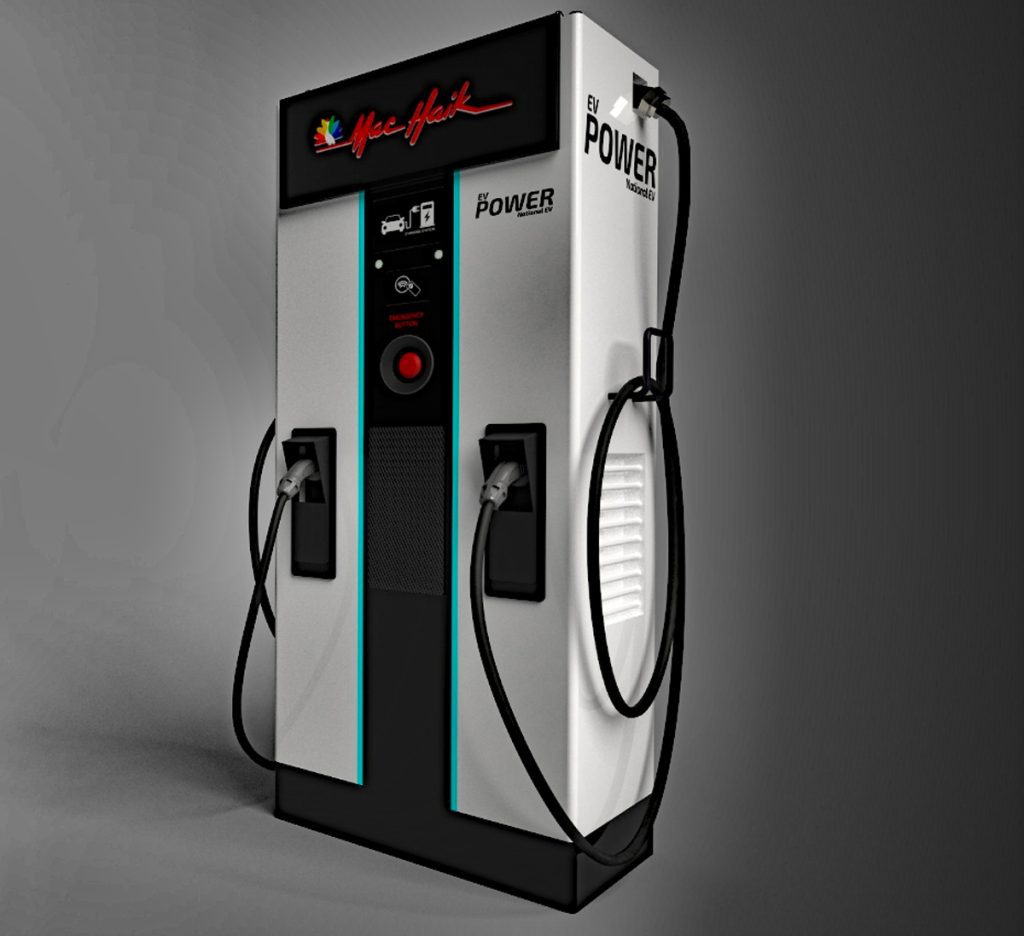
What You Need
While level-2 charging is relatively simple to use, installing a charger takes a little time and money. Here’s what you need:
A Charger
Chargers are the interface between your household energy supply and your vehicle. They can be very simple—including just a rudimentary readout and a charge cable—or more elaborate, and allow for features including app-controlled pre-scheduled charging, and cost monitoring. Chargers cost as little as $500, and run up to $2000. Consider this a one-time cost, as the Consumer Guide level-2 charger has been running without trouble for 15 years.
An Electrician
Unless you have a 40-amp, 220-volt outlet already in place, you’ll want to hire a professional to install your charger. What you need is a direct line—on a separate circuit—from your fuse box to the place of installation. This can be very easy in the case of newer dwelling, and unfortunately complicated in the case of some older houses, especially those with lower-amperage service. Be sure to get a couple of estimates for the work. Installations typically range from around $1000-$5000, with most of the easier projects coming in around $1500.
Not Ready to Go Electric? No Worries. Here’s Why:
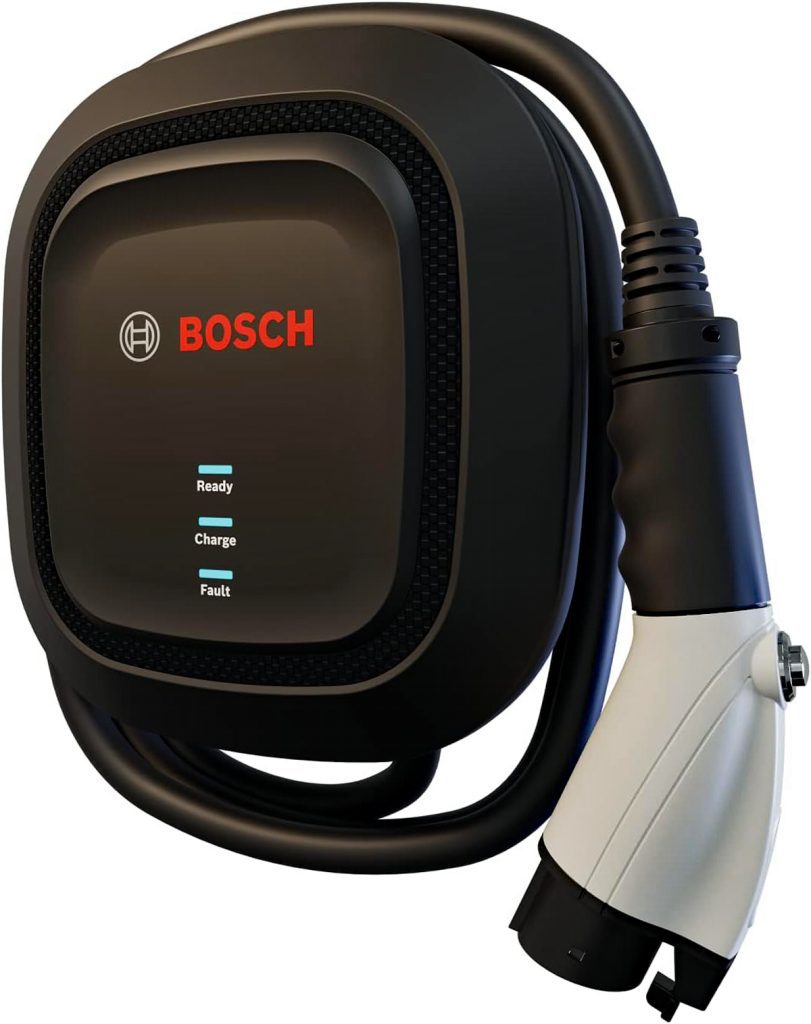
A Place to Charge
You will want to identify the most convenient place to locate your level-2 charger, as moving the unit can be a complicate affair. Most EV owners select a dedicated place in their garage, though as we noted above, an exterior location may serve some folks better. Keep in mind, the charger location will dictate where you will likely most-often park your electric vehicle. Note, too, that the location of the charging ports on EVs are frustratingly inconsistent, appearing on the front, rear, or any of the quarter panels depending on the make and model EV you purchase.
If you know the make and model of the EV you are purchasing, you may want to locate your charger in accordance with the charge-port location on that vehicle.
Final Thoughts…
Installing a level-2 charger is one of the primary hurdles to EV ownership, but consider a few things before dismissing the process out of hand: Once installed, your charger will likely last for decades. Installing a charger is really a one-time cost and inconvenience. Also, the cost of installation may be offset by local tax credits. Be sure to see if the city and/or state you live in offers such incentives. Finally, an operating level-2 charger will improve the value of your home. Home buyers will most likely to be glad the work of installing a charger has already been completed.
Listen to the Car Stuff Podcast
EV Charging Gallery
(Click below for enlarged images)
What is Level 2 Charging?
What is Level 2 Charging?


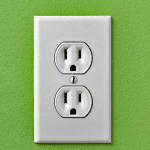





Consider too, that most EV owners will not need to charge every day.